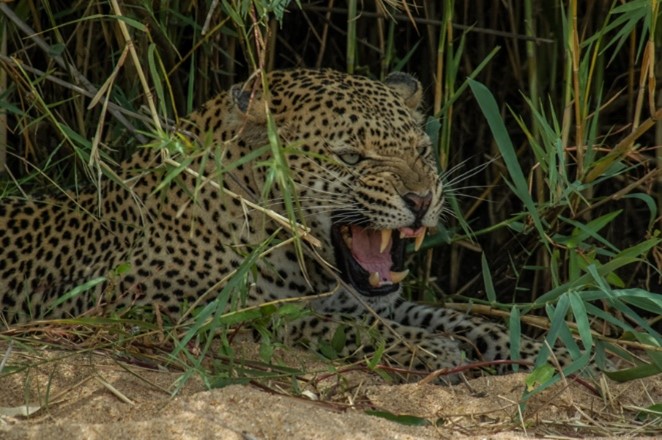
The Ultimate African Feline: Unleashing the Power of Wildlife Videos
Between the lion, the leopard, and the cheetah, each will use its own special skills and adaptations to prove who is the ultimate Big Cat.
The lion, recognized as the king of the African savannah, boasts impressive physical strength and a dominating presence. They are highly social animals, living in prides consisting of lionesses and their young, along with a few dominant males. These prides work in a structured and cooperative manner to increase their success in hunting. The lionesses, being the primary hunters, form strategic plans, often ambushing their prey by working together to encircle and trap them. Their stealth and their ability to work together during the hunt is exceptional, contributing to a higher success rate in securing food for the pride.
When in close proximity to each other, lions exhibit a complex social structure. They establish territories and defend them ferociously from intruding lions. Males engage in dominant behaviors to protect their pride and secure their dominance, leading to territorial disputes that can be extremely aggressive and sometimes fatal. Their hunting technique involves stalking and stealth, relying on teamwork and the element of surprise. They coordinate their moves to get as close as possible to their prey before launching a sudden attack. Lions usually hunt in the early hours of the morning or at night, utilizing their acute sense of sight to gain an advantage in the dark.
In contrast to lions, leopards are solitary and elusive creatures, known for their agility and adaptability. Their ability to thrive in various environments, from dense forests to open savannahs, sets them apart. Leopards are masters of camouflage, preferring to hunt during the cover of darkness when their spotted coats blend seamlessly with the surrounding vegetation. When in proximity, leopards display territorial behavior, marking their boundaries through scent and visual cues. While they might encounter each other, especially during mating or territorial disputes, these encounters are typically brief and marked by warning calls and displays rather than direct confrontation.
Leopards employ a unique hunting technique that involves stealth and ambush. They stalk their prey quietly, using their remarkable strength to overpower animals much larger than themselves. Leopards often haul their kills into trees to prevent theft by scavengers and other predators.
The cheetah, famous for its remarkable speed, is the fastest land animal on the planet. Their slender build, aerodynamic frame, and specialized anatomy allow them to sprint at astonishing speeds, reaching up to 75 miles per hour in short bursts. Unlike lions who hunt as a unified pack, cheetahs hunt alone, capitalizing on their incredible acceleration and agility to chase down their prey. However, there are instances where siblings form a pack and hunt together.
Cheetahs, when in close proximity to each other, tend to avoid conflicts and maintain a considerable distance to prevent unnecessary confrontation. Their focus remains primarily on securing their own territory and resources. Their hunting technique relies heavily on speed and precision. Cheetahs possess the ability to accelerate from 0 to 60 miles per hour in just a few seconds. They strategically choose the weakest or most vulnerable animal in a herd, closing the gap swiftly and maneuvering through the terrain to outpace their prey.
Despite their differences in behavior and hunting strategies, all these big cats play vital roles in the ecosystem of the Mala Mala Game Reserve. Their presence helps regulate the population of herbivores, preventing overgrazing and preserving the delicate balance of the food chain. Lions, leopards, and cheetahs contribute significantly to the control of certain prey species, indirectly benefiting other species and maintaining a healthy ecosystem.
In conclusion, the lives of these apex predators, the lion, leopard, and cheetah, symbolize the delicate balance of nature in the wild. Their unique skills, hunting techniques, and behaviors enrich the savannah ecosystem, showcasing their remarkable adaptations and strategies. Understanding and appreciating the subtle differences of these magnificent creatures is not just a testament to their individual prowess but also a tribute to the intricate web of life they contribute to in the African wilderness.
To watch this film, click here.
Sign up for Lion Mountain TV to experience breathtaking wildlife video streaming!